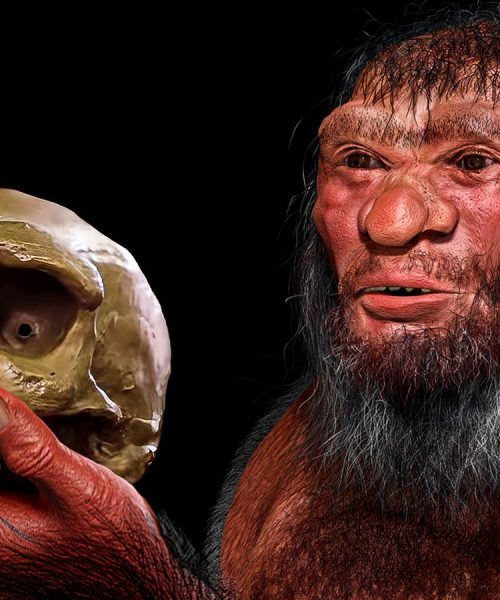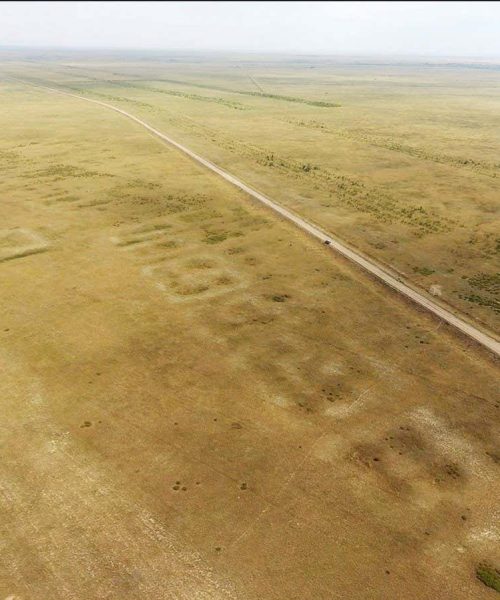
Artist’s impression of a group of Homo floresiensis with a freshly killed stegodon (Stegodon florensis insularis)
MAURICIO ANTON/SCIENCE PHOTO LIBRARY
Severe drought caused by climate change may have led to the decline of Indonesia’s pygmy elephants and the “hobbit”-like humans who hunted them.
Until about 50,000 years ago, Homo floresiensis, standing about a metre tall, thrived on the South Pacific island of Flores by consuming meat from dwarf pachyderms called stegodons.
Researchers originally thought that the tiny hominins – whose bones were discovered…





